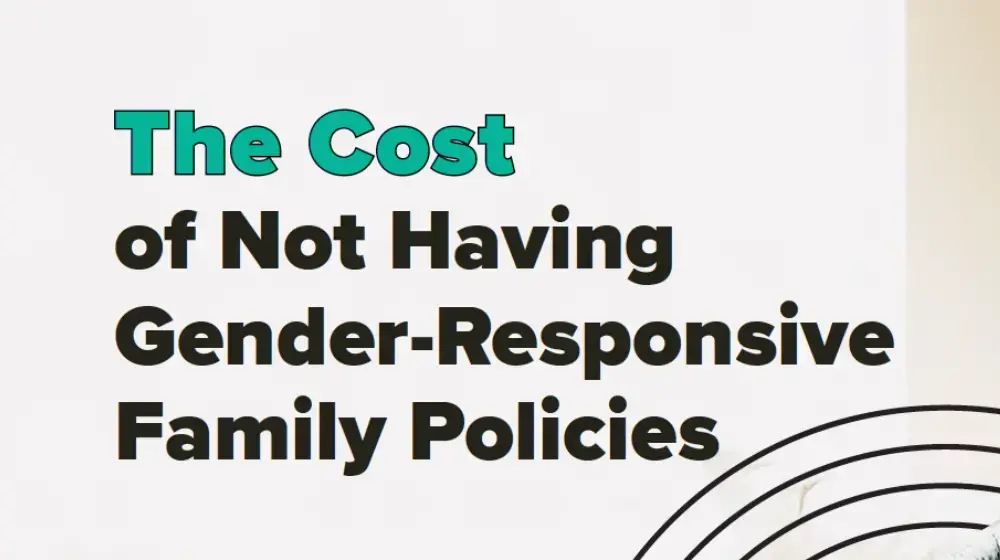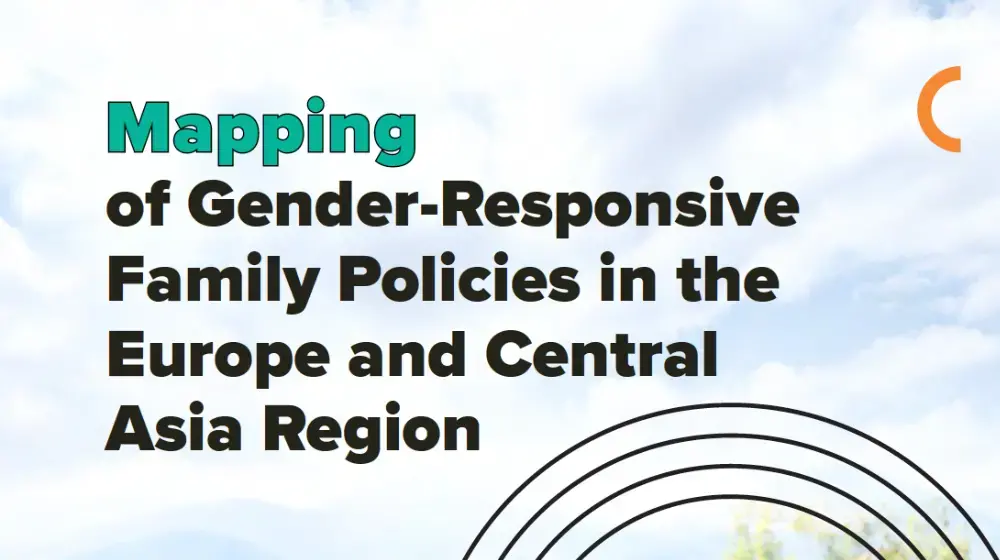Demographic changes and evolving social norms have encouraged more governments and companies across Europe and Central Asia to include gender-responsive family policies in their agendas. These policies are increasingly seen as a way to help women, men, and couples balance their work and family lives, share caregiving responsibilities more fairly, and support early childhood development.
Although an increasing number of people benefit from gender-responsive family support, policies still often fall short of providing the comprehensive support needed for women to pursue both employment and family aspirations. Policy gaps and persistent gender stereotypes continue to limit the ability of families to achieve a more balanced division of care and household work throughout different stages of life. Parental leave and other entitlements around childbirth and caregiving still primarily target women, with limited incentives or support for men’s participation. This reinforces traditional gender roles and contributes to women carrying a disproportionate share of unpaid care work. This is especially true for women after childbirth and during early child-rearing, many of whom are, in effect, forced to choose between their career and their family.
Women in the region continue to have lower workforce participation rates, earn less than men, and spend significantly more time on unpaid domestic and care work. A well-designed, integrated approach to gender-responsive family policies can help shift these patterns. Such policies support more equal sharing of care work, help retain women in the workforce, reduce the gender pay gap, and improve overall economic performance. They can also lower stress among parents and caregivers, contributing to stronger families, healthier children, and more sustainable workplaces.
Moreover, effective gender-responsive family policies benefit women and societies both economically—by increasing access to opportunities and resources, workforce participation and productivity—and socially, by strengthening demographic resilience, inclusivity, and overall well-being.
This website provides an overview of gender-responsive family policies across 21 countries and territories in the Europe and Central Asia region.









